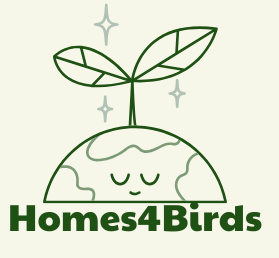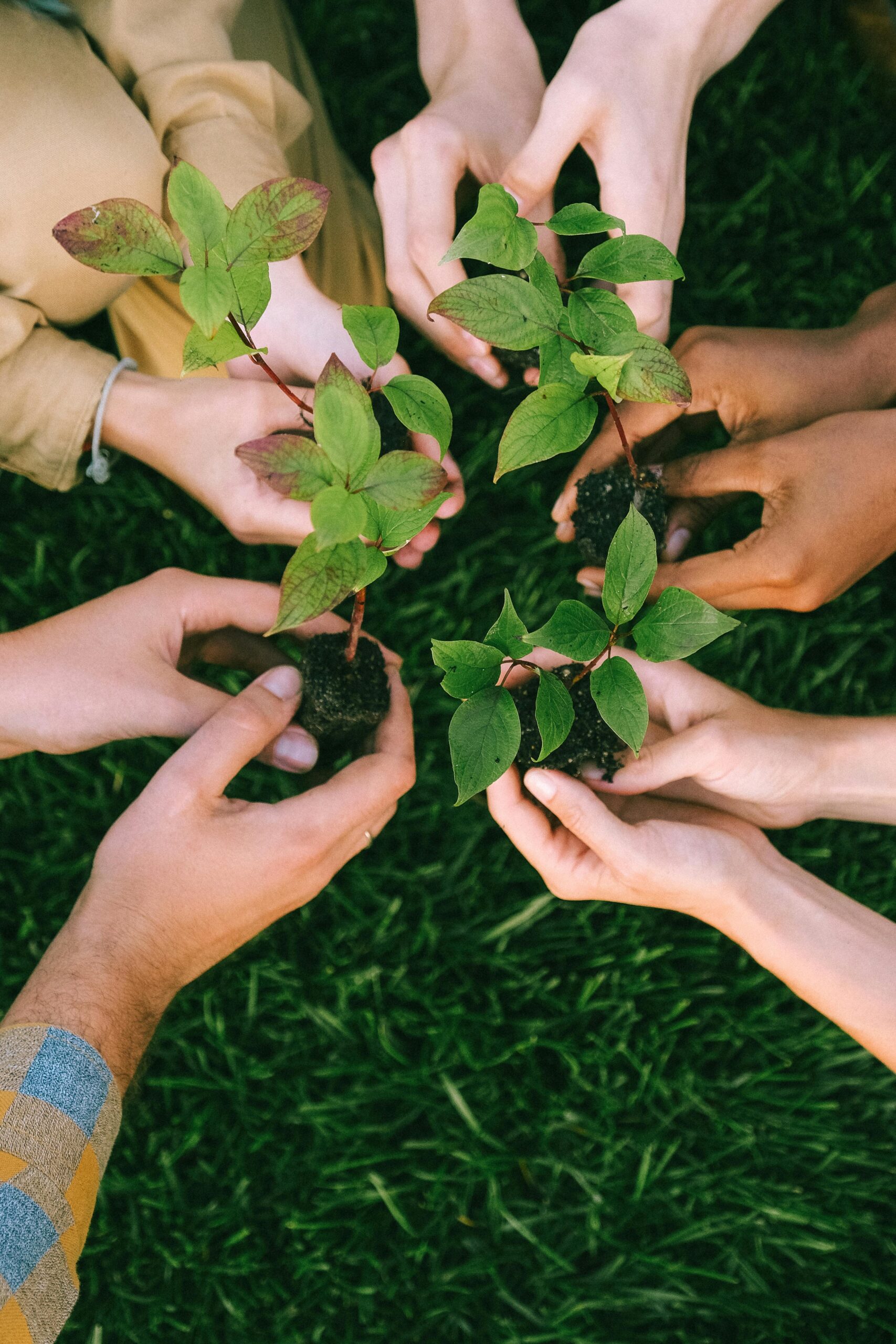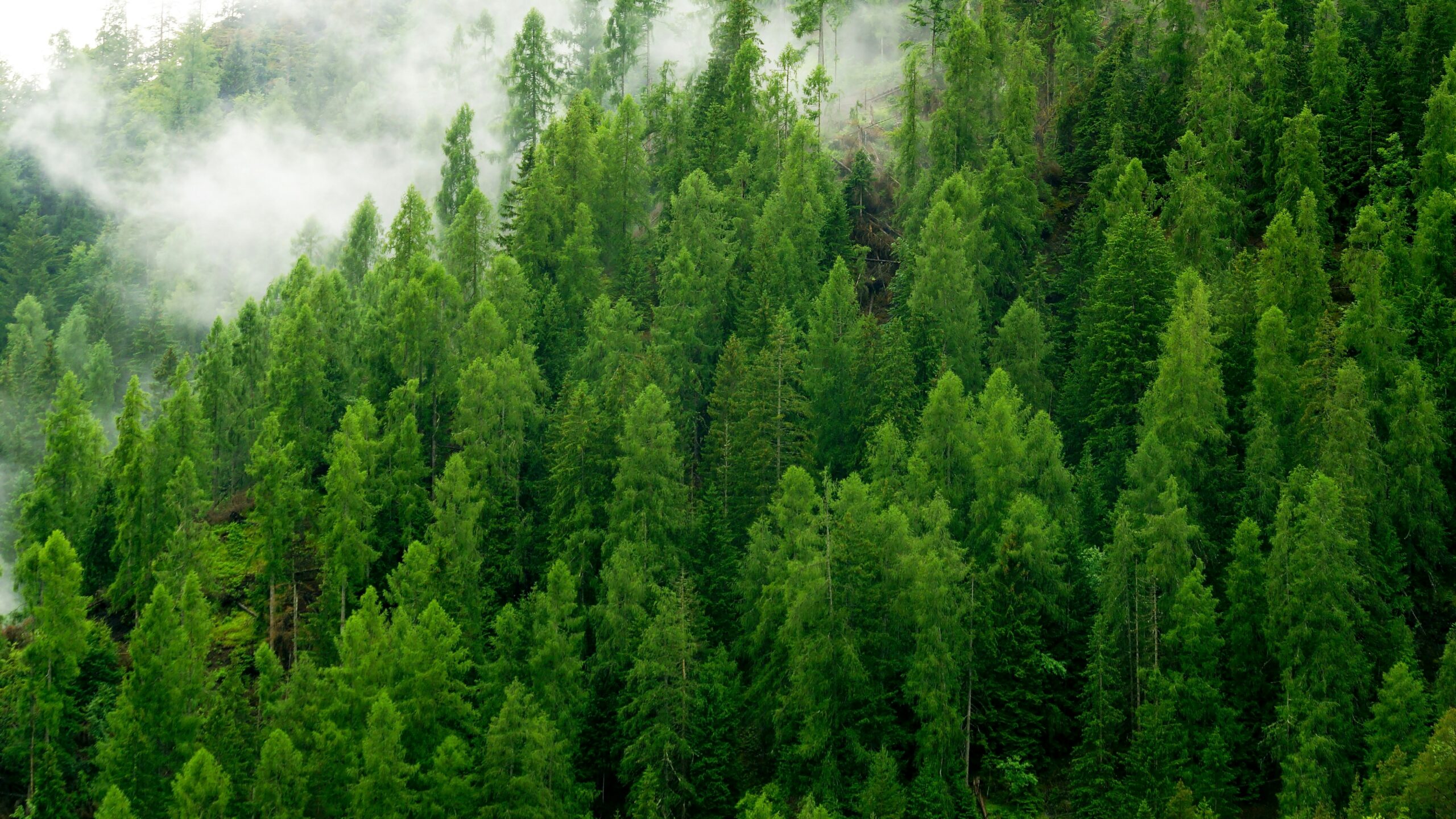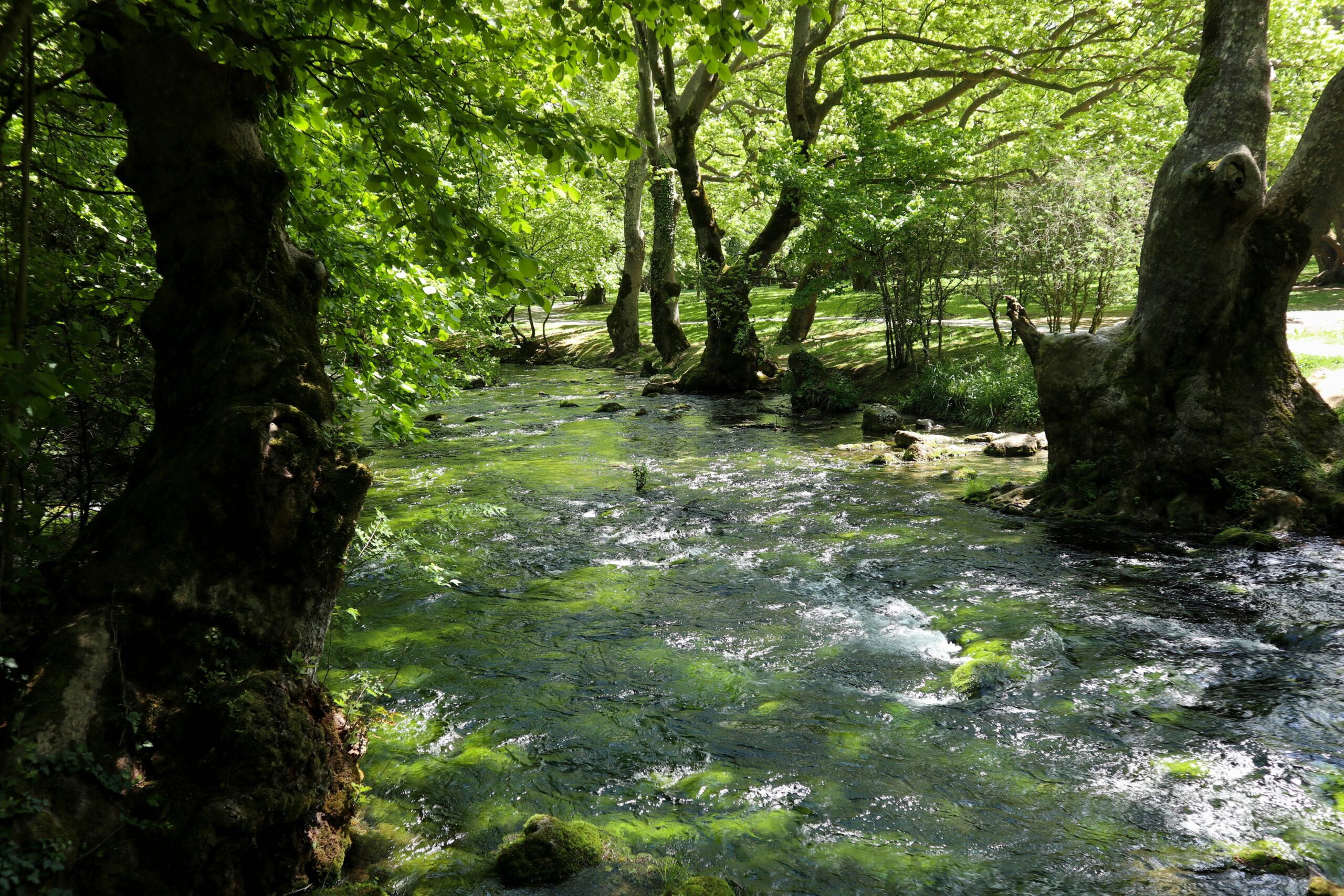Learning to Love and Protect Nature
Nature conservation isn’t just a job for scientists or park rangers — it’s something everyone can take part in. But how do we get people to care deeply enough to act? The answer lies in education in nature conservation. From classrooms to community events, education plays a critical role in shaping how we understand and engage with the natural world.
Whether you’re a parent, a teacher, a nature lover, or just someone curious about how to help, this guide explores how education plants the seeds of environmental responsibility. Let’s dive into the vital role learning plays in preserving our planet.
The Importance of Environmental Education
At its core, environmental education builds awareness, critical thinking, and a sense of responsibility. It’s more than memorizing facts about ecosystems; it’s about understanding the connections between human actions and environmental impact.
Programs such as UNESCO’s Education for Sustainable Development emphasize that when people are informed, they’re more likely to support policies and take actions that protect nature. Through this lens, education becomes a powerful tool not just for personal growth, but for societal change.
Environmental education often includes:
- Hands-on learning like habitat restoration
- Lessons on sustainability and ecosystems
- Field trips to natural reserves
- Engagement with current environmental issues like climate change and pollution
When people learn why conservation matters and how to help, they’re more inclined to make changes in their own lives — and advocate for broader change.
Educating the Next Generation on Conservation
Children are natural scientists. Give them a magnifying glass and a patch of dirt, and they’ll discover a world of life and questions. That sense of wonder is the perfect starting point for environmental education.
Schools that integrate conservation topics into their curriculum — from biology and geography to ethics and civics — foster a culture of care and responsibility. Outdoor learning projects such as:
- School gardens
- Tree planting initiatives
- Recycling competitions
- Nature journaling activities
…all help students form real-world connections to nature.
Organizations like the National Wildlife Federation provide tools for educators to weave environmental topics into their teaching. Students who are exposed to these concepts early are more likely to grow into adults who advocate for sustainable practices and policies.
Schools and Nature Conservation Programs
All over the world, schools are getting creative with nature-focused learning. From forest schools in Scandinavia to green schools in Bali, these programs put nature at the heart of education.
In Romania, many rural schools near natural parks have begun partnering with conservation NGOs. Students participate in projects like:
- Monitoring bird populations
- Replanting native flora
- Creating wildlife corridors
- Learning traditional ecological knowledge
Urban schools are also innovating. Green rooftops, classroom aquaponics, and solar-powered campuses are just a few ways education and sustainability go hand-in-hand.
These initiatives are not just about science. They teach teamwork, problem-solving, empathy, and a sense of global citizenship. And the best part? They’re fun and engaging.
Raising Awareness through Media and Outreach
Learning doesn’t stop when school ends — it continues on social media, in films, at festivals, and through community outreach. Informal education like this reaches people of all ages and backgrounds.
Popular nature documentaries like Our Planet, Kiss the Ground, or My Octopus Teacher have inspired millions by showing the beauty of Earth and the urgency of protecting it. Local outreach events — like park clean-ups, nature photo contests, or Earth Day fairs — are also powerful tools for connection and learning.
Eco-influencers and creators on platforms like YouTube and Instagram spread messages of conservation through bite-sized, visually rich content. Think tutorials on composting, backyard wildlife guides, or behind-the-scenes videos from rewilding projects.
Podcasts, blogs, and even games further bridge the gap between entertainment and education, helping people connect with nature in a digital world.
👉🌱 Ready to help nature through education? Whether you’re a teacher, parent, or nature enthusiast, your voice and actions matter. Share this post, support conservation education programs, or start a green initiative in your community. Let’s grow a greener future — one lesson, one child, one seed at a time.




